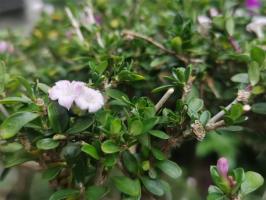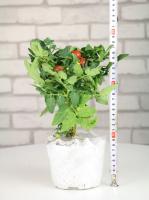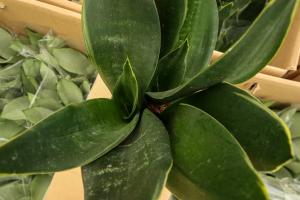How Long to Stake a Newly Planted Tree
Staking is an important part of planting a new tree. It is done to provide support to the young sapling and help it develop a strong root system. But how long should a newly planted tree be staked? The answer to this question is not straightforward as it depends on several factors. In this article, we will explore some of these factors to help you determine the optimal staking period for your newly planted tree.
The Type of Tree and Soil
The type of tree you are planting and the soil it is being planted in can greatly influence the staking period. Some trees have a stronger root system than others and can stand on their own without any support. Some soils are also more stable than others and can provide the necessary support to the tree.
If you are planting a tree with a weaker root system, such as a weeping willow, you may need to stake it for a longer period of time. Similarly, if the soil in which you are planting the tree is loose and unstable, staking may be necessary for longer.
The Wind and Weather Conditions
The wind and weather conditions in your area can also play a role in how long you need to stake a newly planted tree. If you live in a windy area, the tree may need more support to remain upright. In such cases, staking for up to two years may be necessary to ensure that the tree develops a strong root system.
If you experience extreme weather conditions such as heavy rain or snow, staking may also be necessary for a longer period. This is because the weight of the snow or rain can cause the young tree to bend or break, damaging the root system and compromising its stability.
The Purpose of Staking
Different tree planting projects have different goals and purposes. If you are planting trees in a commercial forest, you may not need to stake them for as long as you would a tree in your backyard. This is because the trees will have plenty of room to grow and develop strong root systems without the need for staking.
On the other hand, if you are planting a young tree in your backyard for aesthetic purposes or to provide shade, you may need to stake it for a longer period. This is to ensure that it grows tall and strong and provides the desired benefits.
Conclusion
Staking is an important part of planting a new tree. The optimal staking period for a newly planted tree depends on several factors such as the type of tree, soil, wind and weather conditions, and the purpose of planting. While there is no set rule for how long to stake a newly planted tree, it is important to monitor the tree's growth and remove the stakes when they are no longer necessary. This will allow the tree to develop a strong, natural root system and stand on its own.

 how many times do yo...
how many times do yo... how many planted tre...
how many planted tre... how many pine trees ...
how many pine trees ... how many pecan trees...
how many pecan trees... how many plants comp...
how many plants comp... how many plants can ...
how many plants can ... how many plants and ...
how many plants and ... how many pepper plan...
how many pepper plan...
































